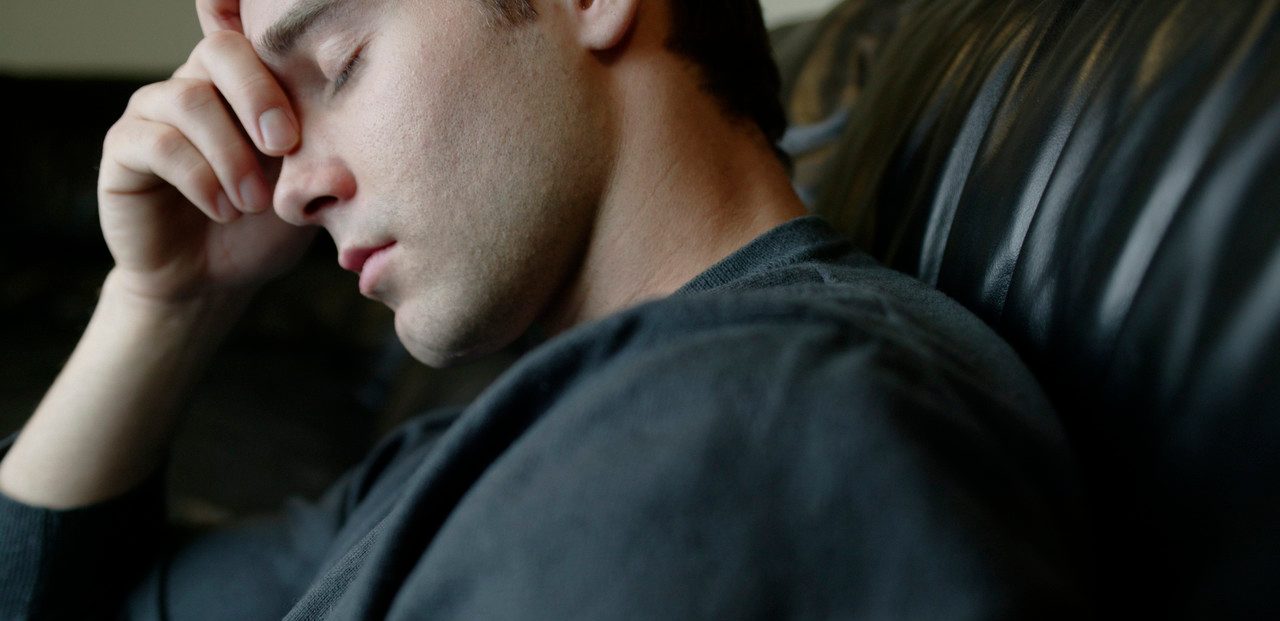Magnetic Therapy for Severe Depression

Powerful magnets somehow realign neurons in part of the brain known to cause depression.
After seven decades of electroconvulsive (shock) therapy (ECT), there’s a new way to treat severe depression when drugs fail.
Sharon Gray, speaking under a pseudonym with the American Psychological Association, was a 61-year-old retired police lieutenant when she was one of the first patients in the U.S. to receive transcranial magnetic stimulation (TMS).
YOU MIGHT ALSO LIKE: The Pros and Cons of Shock Therapy for Depression
Having had depression most of her life, Gray sought help with therapy and antidepressant medications for three decades. Treatments left her functional, she said, but still mildly depressed. Now and then, she slipped into cycles of severe depression
Desperate, she received what was then an experimental procedure, TMS, and reported that halfway through a month-long course of treatment, she had “miraculous improvements.”
"I went to sleep on a Tuesday night depressed, and woke up Wednesday morning not depressed,” she said. She was motivated to go jewelry shopping to celebrate, which in context was significant. "I had not been interested in my appearance for so long," she said.
“In the years since FDA sanctioned the therapy, TMS treatment centers have been popping up across the country,” says the American Psychological Association (APA). “Slowly, insurance companies have begun to cover the non-invasive, though costly, treatments. But plenty of questions about TMS still linger, including how best to deliver it, which patients make the best candidates and even what, exactly, the device is doing in the brain.”
The procedure is used for patients with major depression who have failed to respond to medications and psychotherapy. It involves having a curved device placed against your scalp. Your brain receives short but intense magnetic pulses that generate an electrical current. The pulses, the APA says, are typically centered on the left prefrontal cortex, an area of the brain that “shows abnormal electrical activity in depressed patients.”
The theory is that when the magnetic pulses hit the left prefrontal cortex, they then spread to deeper areas of the brain that affect mood. Done repeatedly over the course of four to six weeks, TMS stabilizes neurons involved in your depression, it’s believed.
Gradually the procedure has been used more and more for select patients in place of shock therapy because it has fewer reported side effects (typically headache, scalp pain, and temporary hearing loss). It is also far more targeted to specific areas of the brain rather than shocking the entire brain.
Also, unlike ECT, you require no general anesthesia and are awake through the whole half-hour procedure. Plus, ECT has serious reported side effects, such as confusion and memory loss.
YOU MIGHT ALSO LIKE: Depressed Americans Forgo Treatment
Gray had first tried ECT, but it was discontinued after she had memory loss. "I have no recollection of that entire two-plus weeks," she said. "I live alone, and it was scary." The target specificity of the TMS is believed to be the reason for fewer side effects.
“While TMS shows promise, it's certainly no miracle cure,” the APA report says. “Some of the patients who responded positively to TMS have experienced remissions lasting months or even years, but follow-up booster sessions every few weeks or months may help prevent a relapse.”
Gray had a relapse in depressive symptoms after about six months and had a second course of treatment. She felt better again, but said her improvement wasn’t as great after the second course.
Reports from 41 TMS treatment centers have shown that about 33 percent of TMS patients had improvement, according to Murali Rao, MD, chairman of the Department of Psychiatry and Behavioral Neurosciences at Loyola University Chicago Stritch School of Medicine.
All those patients had been previously “treatment resistant” Rao said, but reported their depression had “significantly lessened or gone away completely” after TMS. This success rate is about twice as high as that of patients who have tried three or more antidepressants.
In one major study, TMS was shown to benefit patients with severe depression for more than year. The study authors, who presented findings at the APA annual meeting, said 264 out of 207 patients benefitted from the treatment.
“These data support the view that TMS demonstrates a statistically and clinically meaningful durability of acute response over 52 weeks of follow up,” researchers concluded.
Researchers noted that long-term TMS benefits were maintained in conjunction with “a pragmatic regimen of continuation antidepressant medication” and, in some cases, additional TMS treatment for symptom recurrence.
The study’s co-lead author, Mark Demitrack, MD, the chief medical officer of Neuronetics, Inc., said TMS is not considered a therapy of first choice, and is being studied only in patients who don’t respond to antidepressant medication and psychotherapy.
The APA doesn’t have an official position on TMS, but it has noted that reviews of many studies have found relatively small to moderate benefits from its use.
TMS is not making ECT obsolete. ECT is still widely used in patients who do not see progress from psychotherapy and medication. The decision should be based on your personal case history and the counsel of your doctor. But TNS has demonstrated effectiveness, so weight your options carefully.
Updated:
April 06, 2020
Reviewed By:
Christopher Nystuen, MD, MBA